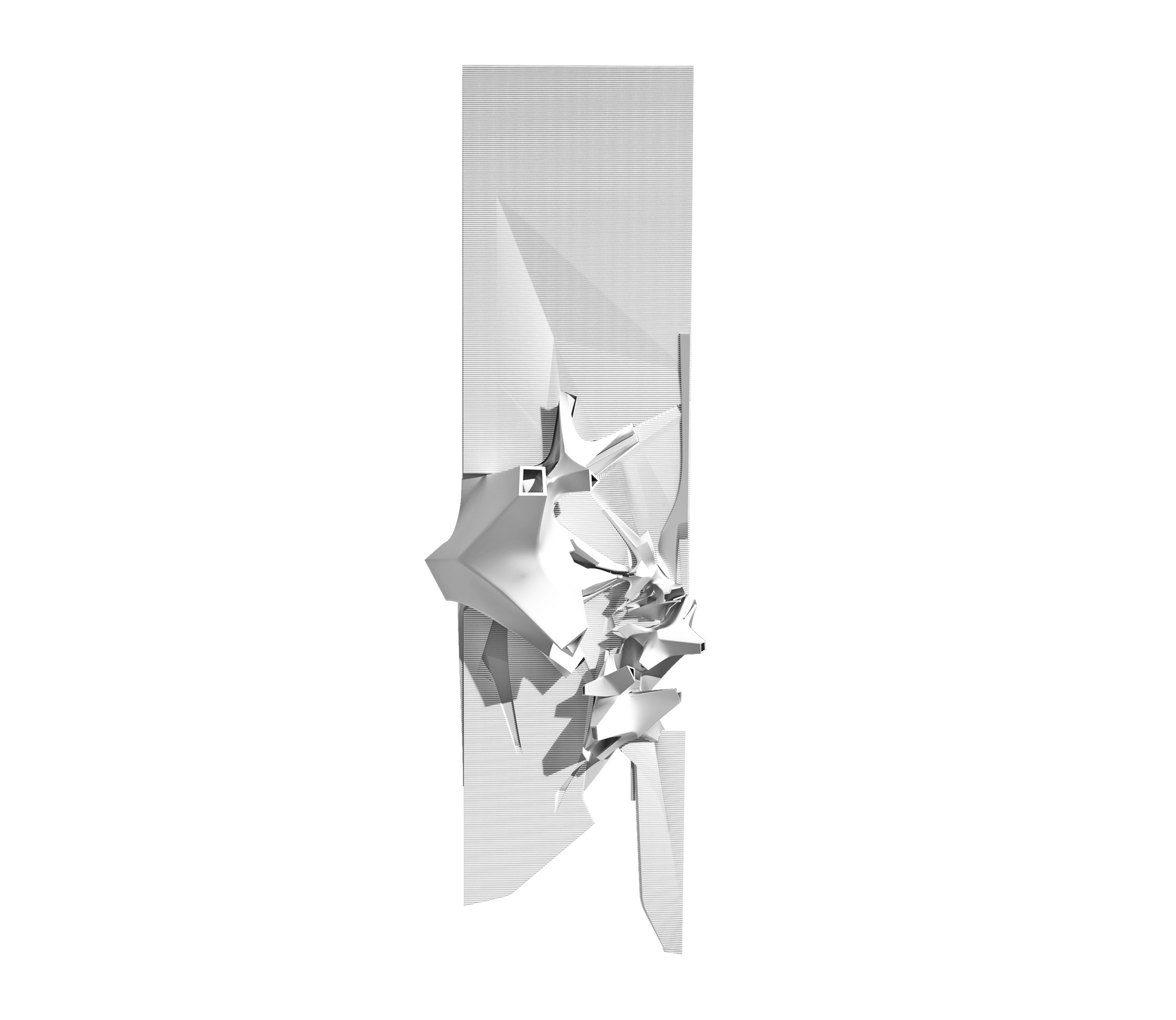
owens lake museum lab
INYO COUNTY, CALIFORNIA



INTRODUCTION
The century-long water conflict in California’s Owens Valley and Los Angeles is regional lore, immortalized in the film “Chinatown”, and is an ecological archetype of the impacts of urban growth. With its water drained from diversion, the exposed lakebed became an environmental hazard for surrounding communites- as winds that regularly blow across the playa produce dust storms that stir toxic metals of arsenic, selenium, and cadmium into the air. Following decades of litigation, the Los Angeles Department of Water and Power was tasked to mitigate the dust, and for over two decades has spent $2 billion on the effort- with no end in sight. Prior to any dust control measures in 2002, Owens Lake was the largest source of dust emissions in the United States. With 1,400 sq miles in California’s Eastern Sierra region, it is now the largest dust mitigation program in the United States. Tasked with reducing particulate matter for the exposed lakebed, the program is a regional masterplan for environmental remediation, and its development is a ecological prototype for the continuously evolving futures of drying lakebeds and erosive landscapes in the world.
Location: Inyo County, California
Area: 110 SQ MI
Program: Museum, Research Center, Parks and Gardens






























